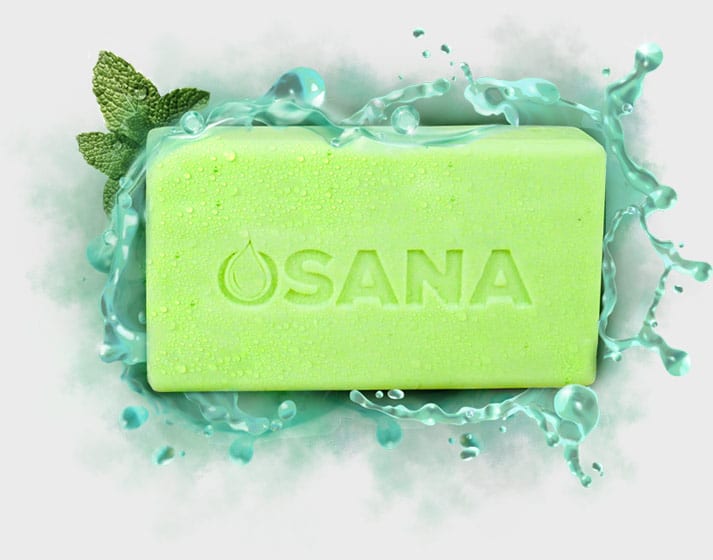The winter months can be long, dark, and often dreary. Depending on your geographic location you may go days, weeks, or even months without seeing the sunlight peek through the ever-darkening sky. The coldness, the snow, or the rain may keep you indoors more often than not. You may be inhibited to pursue some of your favorite activities. Running becomes harder – sometimes more dangerous – in the winter months, swimming is limited to indoor pools, cycling made nearly impossible on snow- and ice- covered roads. The days are shorter, and after your 9-5 you may simply not have the daylight.
Or maybe it is less the physical winter elements that hold you back and more the general winter mood. Seasonal Affective Disorder (also known colloquially as “winter depression”) is a form of depression associated with changes in seasons, and can be experienced by anyone. Lack or sunlight can put a damper on your mood and motivation, which in turn may stint your physical activities, even if those activities typically take place indoors anyway, such as yoga, weight lifting, or dance. This can become a cyclical pattern, as physical activities and exercise are proven to be therapeutic and beneficial (elevations in endorphins, for one). Or perhaps you simply feel less motivated to cook a healthy, homemade meal, and so instead you zap another meal in the microwave. Eating, too, has been shown to either aid in general well being.
Top 3 Natural Ways to Fight Winter Depression:
1) Increase your natural light exposure. Maybe this means planning a daily 15-minute walk outdoors. This could be on your lunch break, or maybe the first thing you do before or after work. Invite your spouse, best friend, or co-worker and benefit dualistically by the added socializing that you’d be participating in.
2) Be physically active. It could be that in the summer and fall months you are physically active but are limited by the winter weather. There are certain bridges between some activities that can be enjoyed in the summer and winter months. If you are a runner in August consider becoming a cross-country skier in January. If you take daily walks in June pick up a set of poles and become a Nordic Walker in February. Put away those summer hiking sandals and pull out your insulated boots: winter hikes can provide some of the most peaceful, serene experiences you may get all year. Do you rollerblade through the park in those crisp autumn nights? Lace up a pair of skates and hit your local indoor (or outdoor) skating rink. Or maybe physical exercise is not your cup of tea at all. If that’s the case, you might want to consider picking up a new hobby this winter. Exercise, in addition ton initiating beneficial chemical responses in your brain, can increase your self-esteem.
3) Maintain a healthy diet. Like exercise, eating the right foods can make you feel better all around. In addition to making you feel in control of what you’re consuming, and the positive self-appreciation that comes along with that, certain foods contain vitamins that can help combat depression and bad moods (asparagus, for one, contains high levels of folic acid, a combatant of depression. Avocados, another proponent of B vitamins, can help reduce anxiety). Many of us feel better in general when we feel better about our mood, our bodies, and ourselves. Maintaining a healthy diet can be one way to work toward achieving this goal. Make cooking at home more fun. Experiment with new recipes; invite your spouse, your child, or your best friend to cook with you. Put on some music, relax, and chop that carrot. You might be surprised how good it makes you feel.
Resources:



